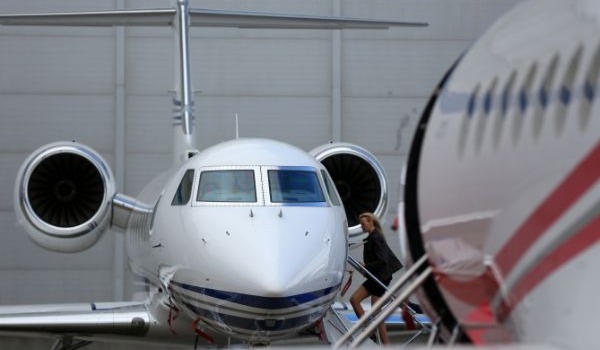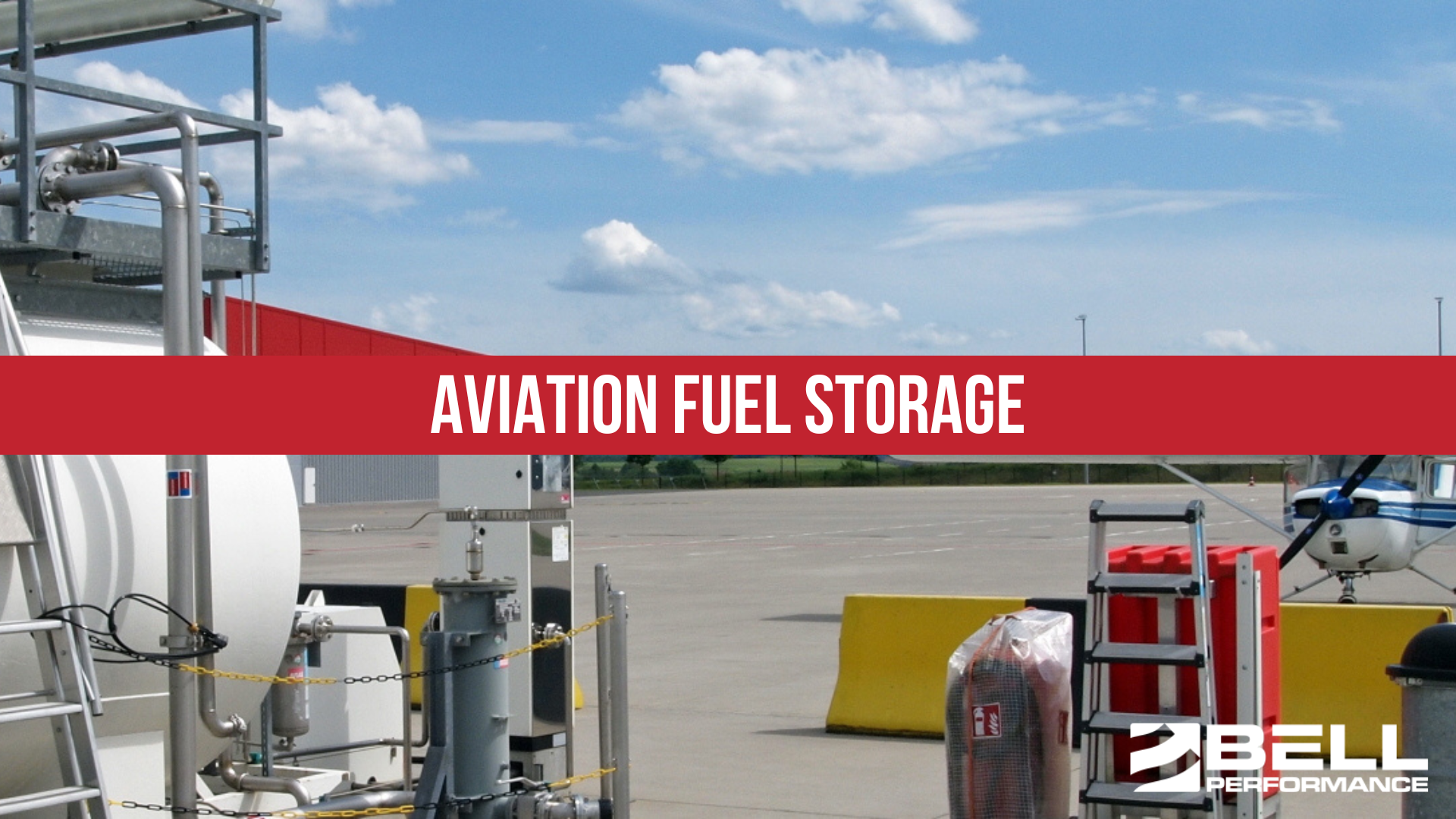The importance of microbial fuel testing for aviation
For many years, no matter what industry you were in, microbial fuel contamination was a guessing game. We all know microbes are out there, and it’s...

Almost every sector in our economy that uses fuel has had to grapple with a hard truth - things aren’t what they used to be with their fuel. But this truth looks different in various areas. Marine fuel (MFO) users deal with low sulfur regulations kicking in. Customers with stored fuel face the reality of ultra-low sulfur diesel fuels having little resistance to microbial issues. There are literally thousands of fuel storage tanks across the fruited plain, filled with supplies of fuel teeming with microbes, that haven’t been checked because it’s out of sight, out of mind.
 Aviation fuel is sometimes assumed to be immune from microbial problems. Yet, there’s no basis in reality for that assumption. Doesn’t matter if your focus is in commercial airlines, private aviation operators, military personnel, airports large and small, MROs, FBOs, or aviation fuel suppliers. Microbiological growth can (and does) occur at any stage in the aviation fuel supply chain. And there’s nothing about aviation fuel that inherently prevents microbial growth from establishing itself.
Aviation fuel is sometimes assumed to be immune from microbial problems. Yet, there’s no basis in reality for that assumption. Doesn’t matter if your focus is in commercial airlines, private aviation operators, military personnel, airports large and small, MROs, FBOs, or aviation fuel suppliers. Microbiological growth can (and does) occur at any stage in the aviation fuel supply chain. And there’s nothing about aviation fuel that inherently prevents microbial growth from establishing itself.
In reality, microbial growth is such a big problem for aviation that every stakeholder needs to remain aware of the risk that this contamination plays for aviation fuel - risk to both the fuel quality and (more seriously) to the operations and safety of the aircraft itself.
The situation with aviation fuel is to the point that being reactive is no longer a viable option. Even relevant industry associations like JIG and IATA encourage a more proactive approach towards managing the problem. Such approaches include preventing water accumulation in tanks - an essential aspect that goes a long way towards minimizing the potential for contamination.
Yet, taking this important step isn’t going to solve microbial contamination problems by itself. Nor is it close to a complete solution to the problem. Microbiological problems require a more comprehensive approach. And testing is the element that cannot be overlooked.
This is exactly what Fuel Pulse from Bell Performance brings to the table. Fuel Pulse from Bell Performance serves as a key partner for aviation industry stakeholders who cannot afford to fall prey to the inevitable problems caused by microbiological contamination of aviation fuel and systems.
Because microbiological growth is such a problem, and because the options for treating it (i.e. aviation-approved biocides) are so limited, all of this points to how important microbial testing has become for aviation. It’s the only way to know, with reasonable certainty, the actual level of microbial contamination in an aviation fuel system or tank. It’s the only way to really know if a microbial problem has been solved or not. It’s also the only way to keep from relying on “secondary” indicators of microbial presence (i.e. whether microbial biomass is present) that may not always be reliable correlators of current or future problems. In other words, these secondary signs are poor substitutes for actually testing for the level of microbial presence in aviation systems. If you can do that, why wouldn’t you?
Fuel Pulse recommends regular microbial testing of aviation fuel in accordance with OEM recommendations. But there is a difference in the kind of testing you do. There are 3 or 4 commonly available microbial tests that may be seen across aviation, but there’s definite differences in the methods. Some have higher false-positive or false-negatives rates. Others offer results that aren’t specific enough to establish the trends that aviation users need to make the best decisions. This also matters in that some of these tests lack the flexibility to "dial in" their control limits to best suit more specific applications that may be more useful to some aviation customers vs. others. And still others take days to generate results (and those results can be rendered inaccurate due to cross-contamination).
Fuel Pulse recommends ATP-By-Filtration microbial testing for the aviation industry because of its accuracy, sensitivity, consistency and the fact that the test can be done in just a few minutes (which has big advantages when decisions have to be made on what to do).

For many years, no matter what industry you were in, microbial fuel contamination was a guessing game. We all know microbes are out there, and it’s...

Much of this information is taken from the helpful document ASTM D1655 – The Standard Specification for Aviation Turbine Fuels. Among the many...

Microbiological contamination of aviation fuel is a serious issue that the aviation industry is just now coming to terms with. Not only can it...